Presenting typical Canary Island crafts
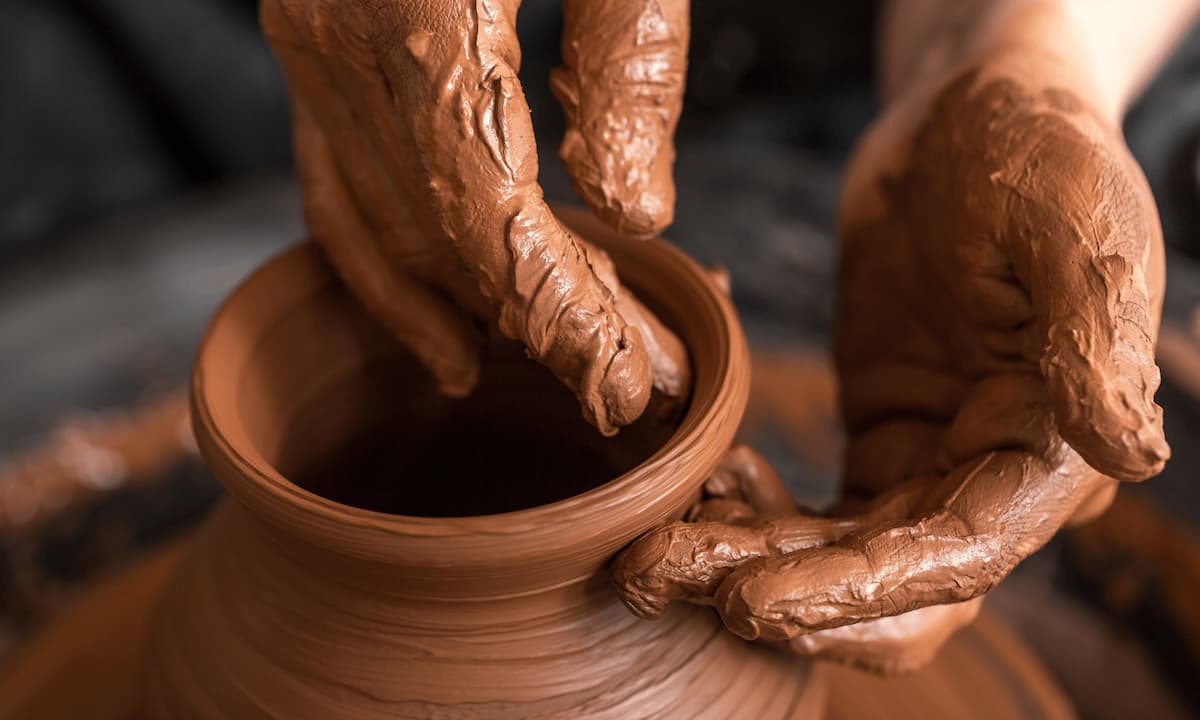
The Canary Islands are a land of crafts. Crafted by women and men with nothing but their own hands, scarce resources and a lot of imagination. Utensils, clothing, instruments and accessories: all are true works of art. These objects are part of the island’s living history, preserved to this day.
A bit of history
From the fifteenth century onwards, as Europeans settled in the Canary Islands with their own cultures, these so-called typical Canary Island crafts began to emerge.
But these artisan’s crafts were in fact handed down from the indigenous Guanches. The indigenous Canary Islanders were already making ‘pintaderas’, a type of stamp made from clay which they used for tattoos or stamps to identify people or families, or indicate the ownership of something. They lived in simple constructions made by hand with stones; and they wore ‘tamarcos’ – capes made from goat or sheepskin. In agriculture, they used hoes and rakes with long wooden handles, and crafted tools from animal horns. They would use everything nature had to offer, designing spears, clubs, maces and shields.
Our present is shaped by these ancestors, and in the Canary Islands, crafts are becoming increasingly important. Three key elements run through the artisans’ unique and exclusive pieces: materials, texture and colours.
Crafts in Gran Canaria
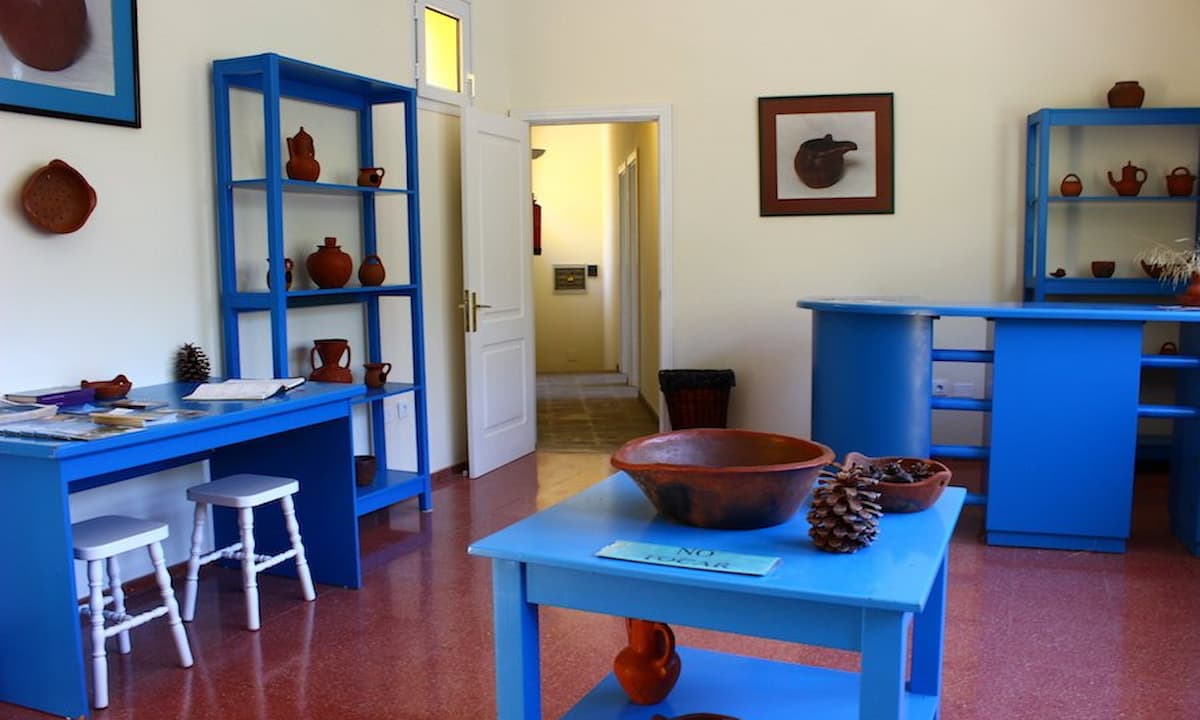
Gran Canaria is historically known for its popular ‘albardería’ trade. This trade was responsible for constructing pack-saddles, used on donkeys and other animals to transport goods and people.
Artisans would use a sack or burlap, stuffing it with straw. They would then stitch them up with hemp yarn, smeared with beeswax to help it run through the fabric more easily. They also produced harnesses and saddles. This practice has almost disappeared now, but its origins can be traced back to the large towns of Teror, Telde and Ingenio in Gran Canaria.
Pottery and earthenware production, generally homewares, is another jewel in the crown of Gran Canaria crafts.
Anyone who lives in the archipelago will have heard stories of what is known as the oldest craft in history. Potters (‘lenceros’) still work to this day in the Canary Islands, in centres such as the Centro Locero La Atalaya in Santa Brígida, and the Centro Locero de Lugarejos, in Artenara.
They are still manufactured in the same ways as years gone by, without a potter’s wheel or any kind of machinery. The craftswomen create their objects using nothing but their hands, a stone or dry cane to shape objects from clay, then use a communal or private kiln to fire the pieces. That was exactly how they would make ‘bernegal’ jugs, containers for ‘gofio’, braziers, jars for nuts, and containers for roasting grain.
Crafts in Tenerife
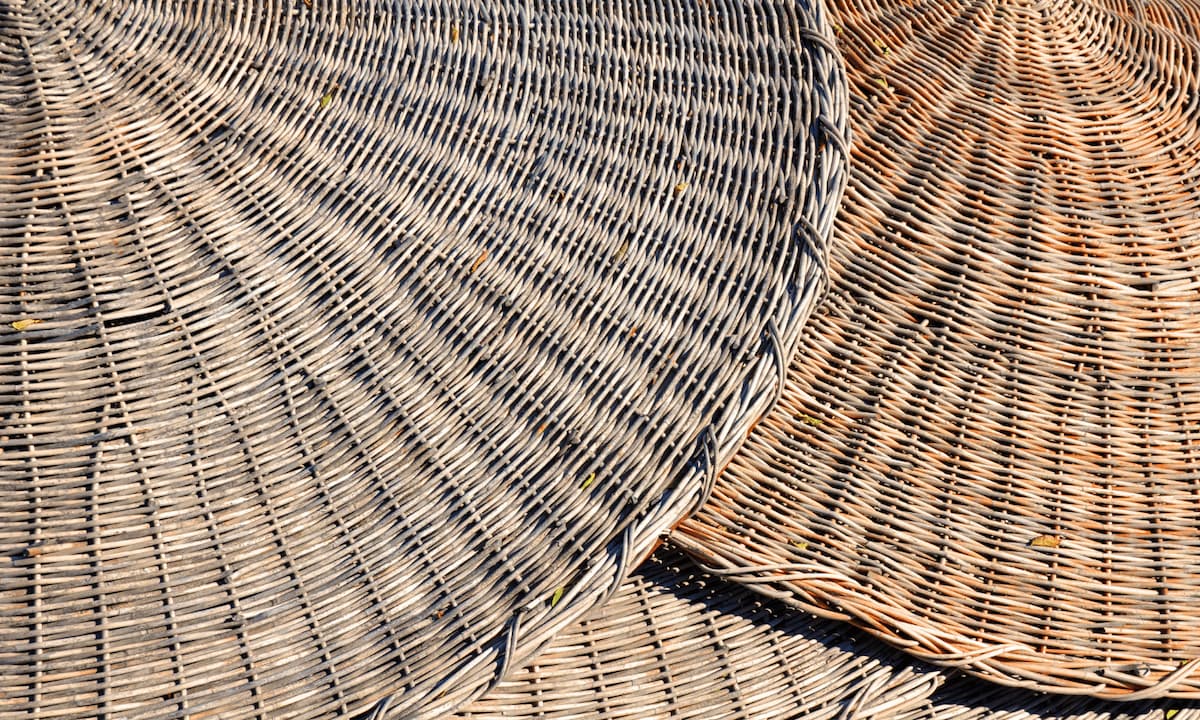
One of the most popular arts in Tenerife was basket-making, a common activity in the rural world.
They would weave with different types of plant fibres, creating different types of basket: straw baskets were most common in La Guancha and Buenavista; ‘vera’ baskets were typical of La Orotava and Los Realejos; cane and wicker baskets, typically found in Icod de los Vinos and San Andrés; and finally, ‘piírgano’ baskets, made from palm leaves and consequently found in areas with palm trees in abundance.
There are now schools/workshops that promote traditional basket and hat weaving, among other creative techniques. Similarly, you can find out about the history and craft culture of northern Tenerife in places such as the Ecomuseo in El Tanque.
Openwork is another craft with strong roots and tradition in Tenerife, although it’s said to originate from the border between Portugal, Andalusia and Extremadura.
The craft consists of unpicking fabric to create holes and patterns in the same, and is used on tablecloths, sheets, towels, and aprons, etc. The Canary Island artisans would receive their raw materials from London, which in turn was the main recipient of their work. They would use linen fabrics and cotton, ‘tergal’ or batiste yarn, as well as basic sewing tools: threads, needles, thimbles and scissors.
They would use unique stretching frames to keep the fabric taut and make their work easier. Today, the openwork tradition continues, promoted by employment workshops and trade schools launched by Artenerife.
Crafts in Fuerteventura
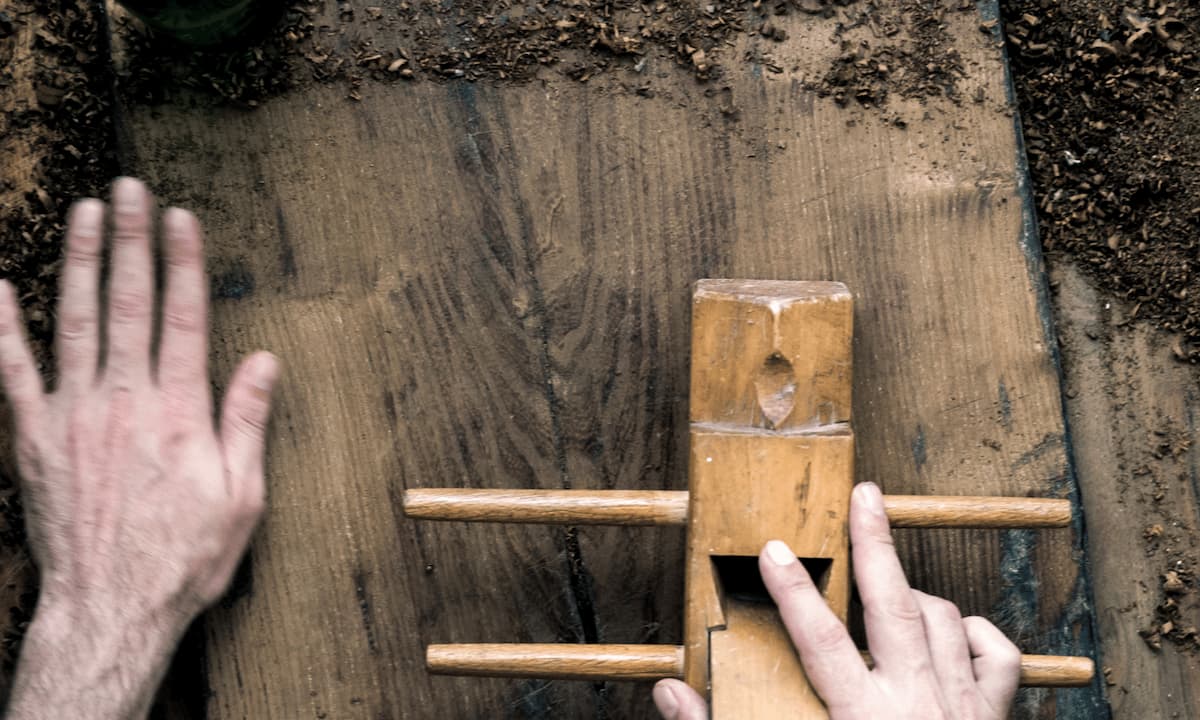
On the ‘majorera’ island, wooden crafts stand out in particular, including furnishings, household items and string instruments such as ‘timples’, violins, guitars and ‘bandurrias’. In Fuerteventura, artisans would use Canary pine, cedar, eucalyptus, walnut and chestnut wood, generally exported from Gran Canaria.
Artisan carpentry grew in importance, especially in the municipality of Antigua, where they would craft benches, farming tools and even coffins. Riverside carpentry was also in demand, and they would construct small boats (under 10 metres long).
Crafts in La Palma
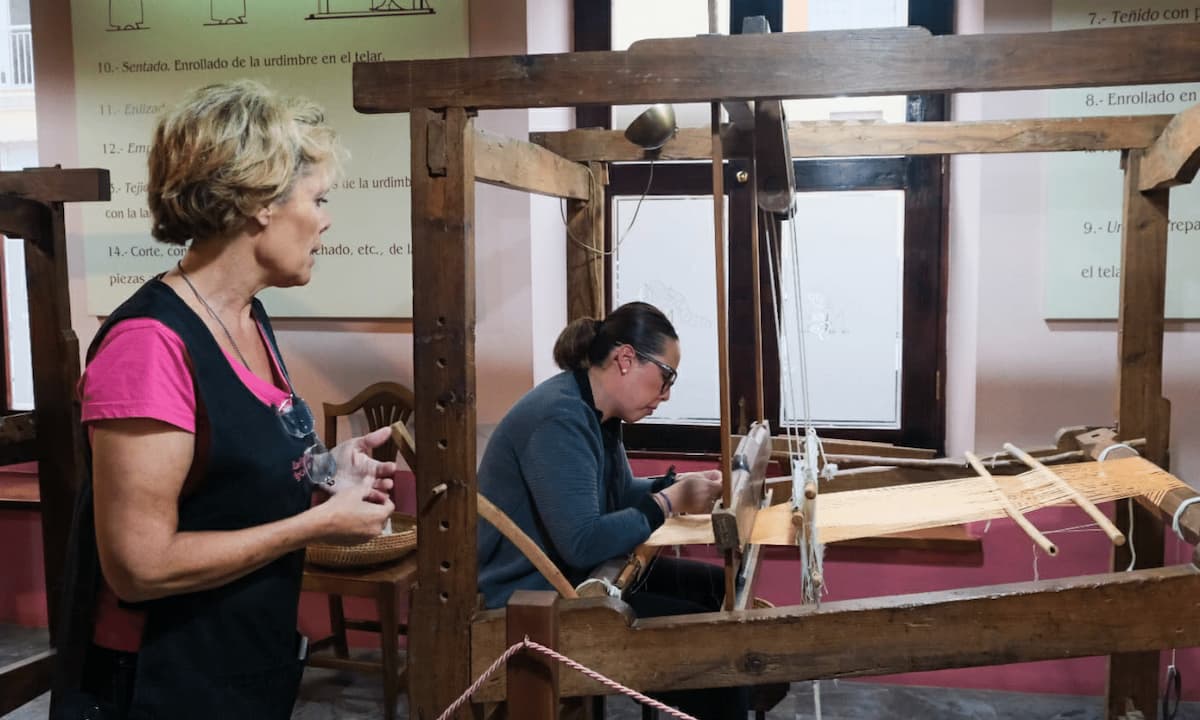
Silk is the king of crafts in La Palma. It was introduced to the island in the sixteenth century. The yarn from silkworms was used to make traditional garments such as sashes, bodices, skirts and tablecloths.
A sericulturist would rear and select the cocoons, then boil them to extract the silk thread, feeding it into a spinning reel to form the skein used to weave the fabric. The traditional lives on in just one place today: Las Hilanderas workshop in El Paso.
Categories: Canaries, Fuerteventura, Gran Canaria, Be inspired, La Palma, Tenerife



Leave a Comment